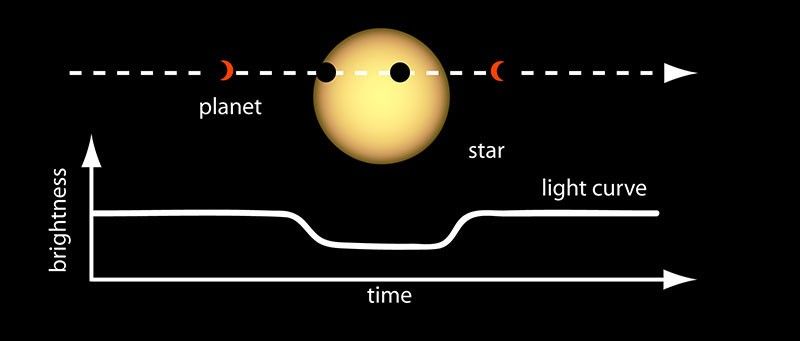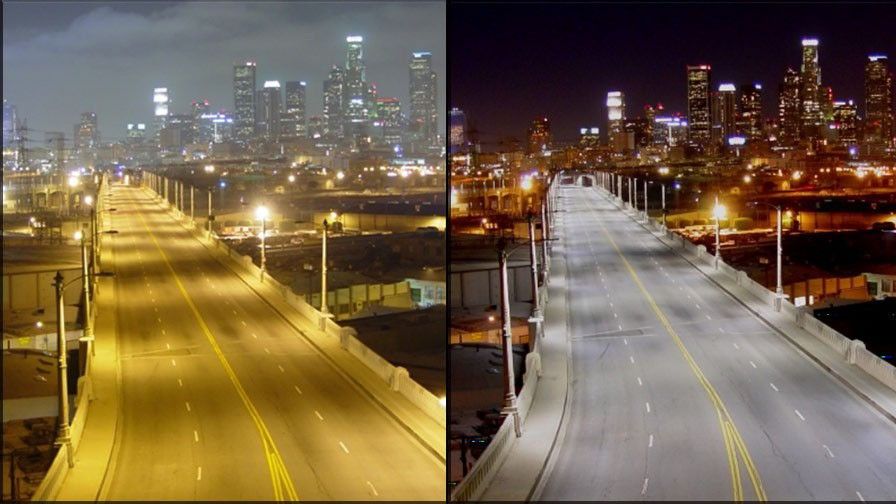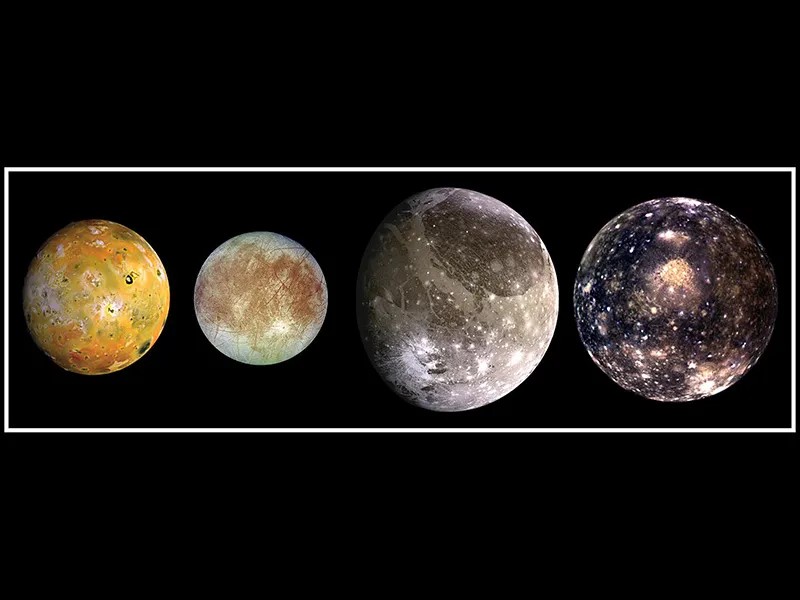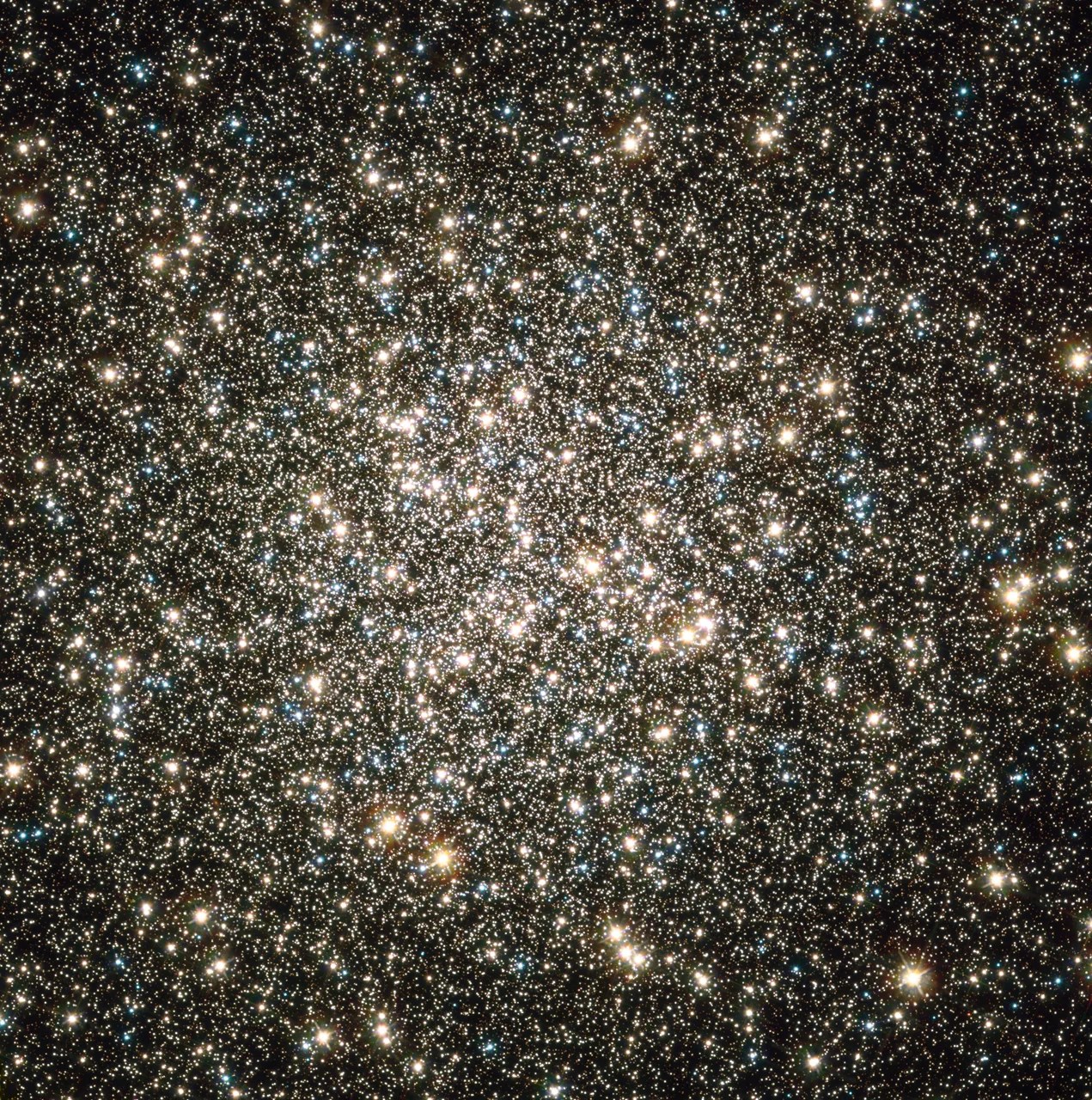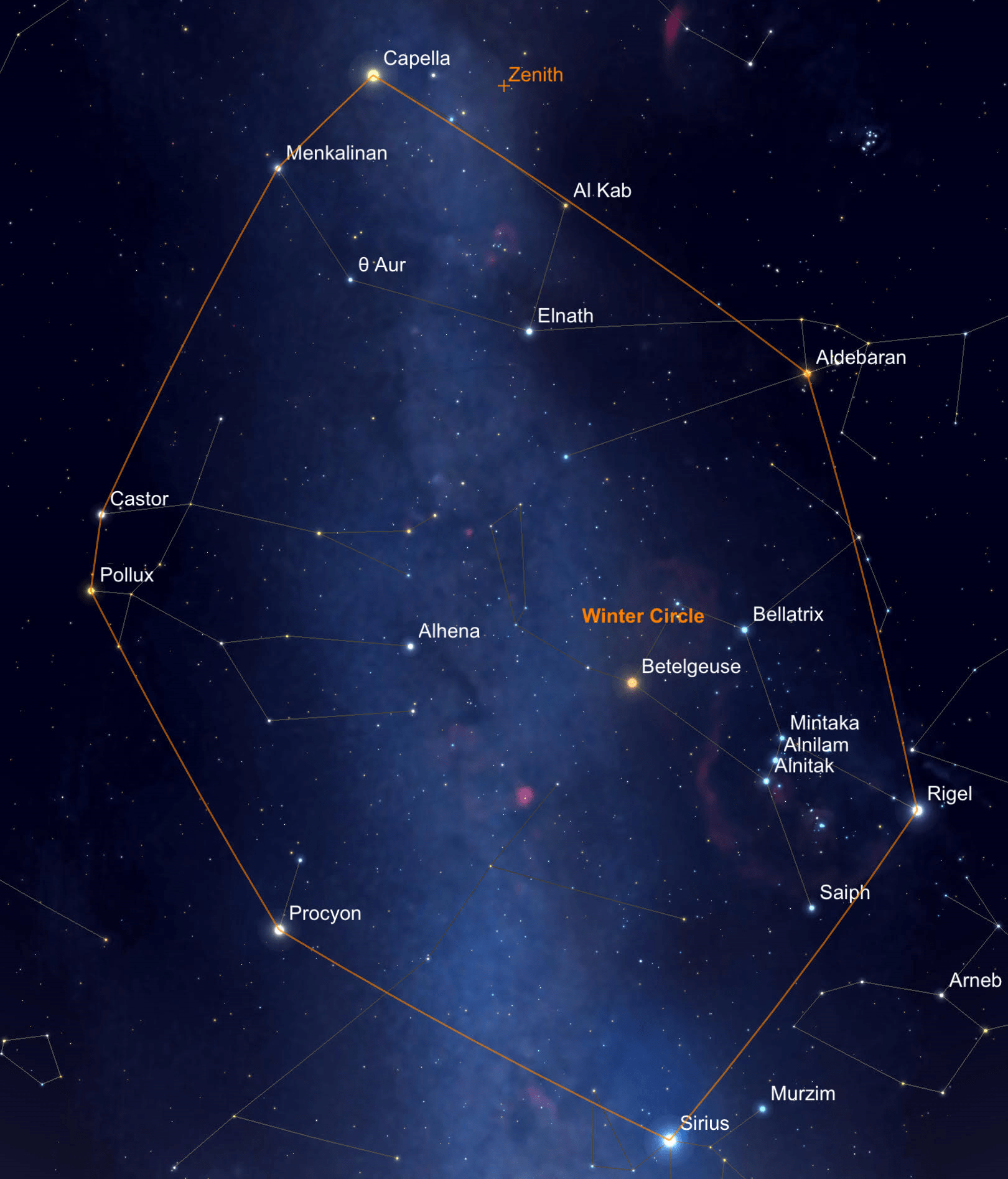4 min read May’s Night Sky Notes: How Do We Find Exoplanets? Astronomers have been trying to discover evidence that worlds exist around stars other than our Sun since the 19th century. By the mid-1990s, technology finally caught up with the desire for discovery and led to the first discovery of a planet orbiting another sun-like star, Pegasi 51b. Why did it take so long to discover these distant worlds, and what techniques do astronomers use to find them? The Transit Method A planet passing in front of its parent star…
Read MoreTag: Night Sky Network
Embracing the Equinox
3 Min Read Embracing the Equinox Illustration showing how Earth’s tilt leads to the Northern and Southern Hemispheres receiving changing amounts of sunlight over the course of the year. At the equinoxes, neither hemisphere is more tilted toward the Sun, so both hemispheres receive the same amount of sunlight. Credits: NASA/JPL-Caltech Depending on your locale, equinoxes can be seen as harbingers of longer nights and gloomy weather, or promising beacons of nicer temperatures and more sunlight. Observing and predicting equinoxes is one of the earliest skills in humanity’s astronomical toolkit.…
Read MoreFebruary’s Night Sky Notes: How Can You Help Curb Light Pollution?
5 min read February’s Night Sky Notes: How Can You Help Curb Light Pollution? Light pollution has long troubled astronomers, who generally shy away from deep sky observing under full Moon skies. The natural light from a bright Moon floods the sky and hides views of the Milky Way, dim galaxies and nebula, and shooting stars. In recent years, human-made light pollution has dramatically surpassed the interference of even a bright full Moon, and its effects are now noticeable to a great many people outside of the astronomical community. Harsh,…
Read MoreJanuary’s Night Sky Notes: The Red Planet
3 min read January’s Night Sky Notes: The Red Planet by Kat Troche of the Astronomical Society of the Pacific Have you looked up at the night sky this season and noticed a bright object sporting a reddish hue to the left of Orion? This is none other than the planet Mars! January will be an excellent opportunity to spot this planet and some of its details with a medium-sized telescope. Be sure to catch these three events this month. Martian Retrograde Mars entered retrograde (or backward movement relative to…
Read MoreDecember’s Night Sky Notes: Spot the King of Planets
4 min read December’s Night Sky Notes: Spot the King of Planets by Kat Troche of the Astronomical Society of the Pacific Jupiter is our solar system’s undisputed king of the planets! Jupiter is bright and easy to spot from our vantage point on Earth, helped by its massive size and banded, reflective cloud tops. Jupiter even possesses moons the size of planets: Ganymede, its largest, is bigger than the planet Mercury. What’s more, you can easily observe Jupiter and its moons with a modest instrument, just like Galileo did…
Read MoreSeptember’s Night Sky Notes: Marvelous Moons
3 Min Read September’s Night Sky Notes: Marvelous Moons Jupiter’s largest moons, from left to right: Io, Europa, Ganymede, Callisto. Credits: NASA by Kat Troche of the Astronomical Society of the Pacific September brings the gas giants Jupiter and Saturn back into view, along with their satellites. And while we organize celebrations to observe our own Moon this month, be sure to grab a telescope or binoculars to see other moons within our Solar System! We recommend observing these moons (and planets!) when they are at their highest in the…
Read MoreJuly’s Night Sky Notes: A Hero, a Crown, and Possibly a Nova!
3 Min Read July’s Night Sky Notes: A Hero, a Crown, and Possibly a Nova! Like shiny flakes sparkling in a snow globe, over 100,000 stars whirl within the globular cluster M13, one of the brightest star clusters visible from the Northern Hemisphere. Located 25,000 light-years from Earth with an apparent magnitude of 5.8, this glittering metropolis of stars in the constellation Hercules can be spotted with a pair of binoculars most easily in July. Credits: NASA by Vivan White of the Astronomical Society of the Pacific High in the…
Read MoreSolar Eclipse Resources
2 Min Read Solar Eclipse Resources Visitors at Saturday “SUN” Day look through solar eclipse glasses. Credits: Kent Blackwell, Back Bay Amateur Astronomers From the Astronomical Society of the Pacific Get ready for the Moon to pass in front of the Sun, casting its shadow across all of North America. A spectacular total eclipse will sweep across North America on April 8, 2024! The Night Sky Network and Astronomical Society of the Pacific are creating and curating information for amateur astronomers and other informal educators. See some of our Night…
Read MoreJanuary’s Night Sky Notes: Connecting the ‘Dots’ with Asterisms
3 min read January’s Night Sky Notes: Connecting the ‘Dots’ with Asterisms by Kat Troche of the Astronomical Society of the Pacific In our December Night Sky Notes, we mentioned that the Orion constellation has a distinct hourglass shape that makes it easy to spot in the night sky. But what if we told you that this is not the complete constellation, but rather, an asterism? An asterism is a pattern of stars in the night sky, forming shapes that make picking out constellations easy. Cultures throughout history have created…
Read MoreDecember’s Night Sky Notes: A Flame in the Sky – the Orion Nebula
3 min read December’s Night Sky Notes: A Flame in the Sky – the Orion Nebula Orion constellation Stellarium Web by Kat Troche of the Astronomical Society of the Pacific It’s that time of year again: Winter! Here in the Northern Hemisphere, the clear, crisp sky offers spectacular views of various objects, the most famous of all being Orion the Hunter. As we’ve previously mentioned, Orion is a great way to test your sky darkness. With the naked eye, you can easily spot this hourglass-shaped constellation. Known as an epic…
Read More